Caverns on the Moon and Mars can offer enough space, protection against cosmic radiation and stable temperatures for astronaut bases, a recent study suggests.
New research compared hundreds of underground formations on Earth, the Moon and Mars. While on our planet the diameter of lava tunnels typically ranges from 10 to 30 metres, some of these features could reach more than 800 meters in diameter under the surface of the Moon – enough space to host a human colony.
Lava tubes on Mars and the Moon turned out to be 100 to 1000 times larger than those on Earth.
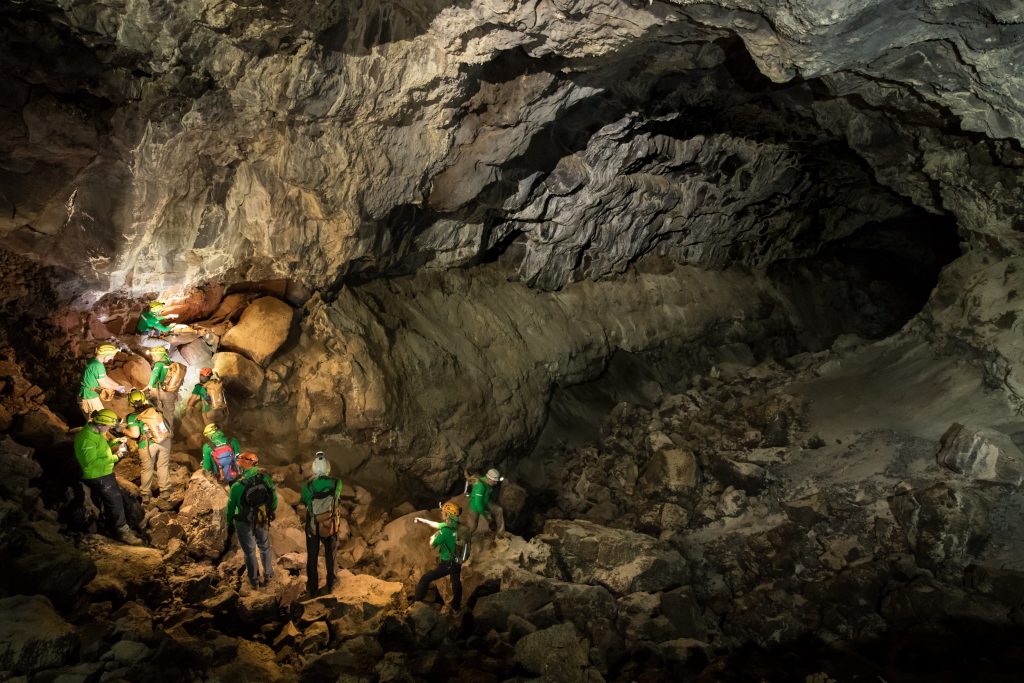
“Martian and lunar caves greatly differ in environmental conditions and gravity, which affects their size and stability. However, their formation and environment have more in common than you might think,” says Francesco Sauro, technical course director of ESA’s CAVES training programme and Professor of Planetary Geology at the University of Bologna, Italy.
Lava tubes form when the surface of a lava stream cools and hardens, creating a tunnel through which hot lava flows, or when lava cracks its way through the underground. After the volcanic activity stops, the tunnels remain empty, leaving different-sized caves along its way.
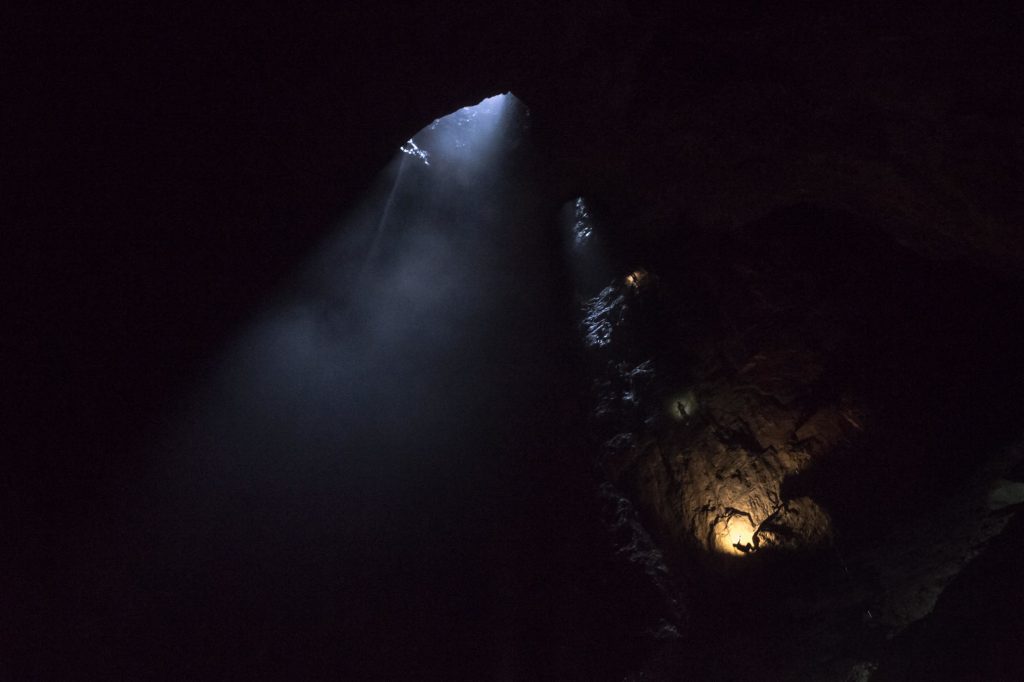
“They become doorways to the underworld,” says Francesco.
Size and gravity matters
These formations have been extensively explored on Earth, but not much is known about similar structures on the Moon and Mars.
The study dived into digital scans of lava tubes in Spain’s Canary Islands, Iceland, Hawaii and Australia to compare.
Researchers used computer terrain models to measure the size and morphology of lunar and martian caves whose roofs have collapsed. Combining satellite images and altimetry data of our neighbouring celestial bodies, they compared their dimensions with similar volcanic tunels on Earth.
“Martian and lunar lava tubes are so huge that they could contain the entire centre of a medium-sized city. On the Moon their volume can exceed one billion cubic metres, up to one kilometer in diameter or as wide as Central Park in New York,” says co-author Riccardo Pozzobon. “Despite its impressive size they remain stable and most of them are still intact,” he adds.
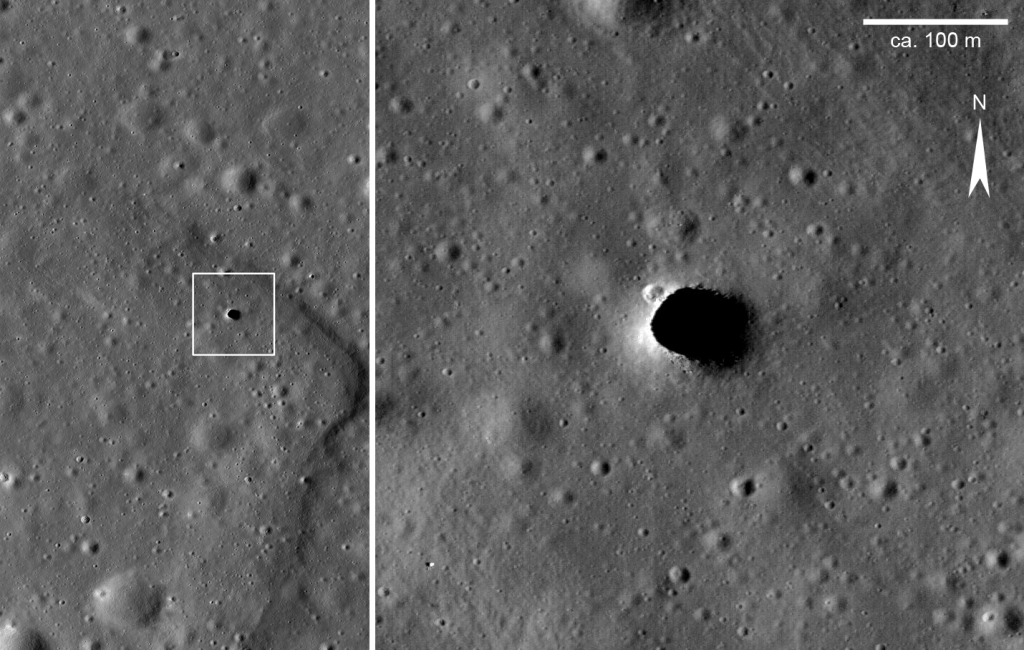
The low gravity explains their enormous dimensions and the fact that the majority of caves studied have not collapsed.
The research also reveals that the Moon is likely to contain many voids under the surface. “The Moon is a great target for underground exploration,” says Francesco, who longs to unveil the geological secrets of our natural satellite.
On Mars, where gravity is about one third of Earth’s, lava tube tubes seem to be smaller – though still bigger than on our planet – and suffer more from collapses. “But there could still be feasible shelters for us on the Red Planet,” says Riccardo.
Protection for a human settlement
One of the biggest challenges when it comes to creating settlements on other planets is building a safe space to live. Whether it’s on Mars or on the Moon, space settlers will have to live, work and sleep in an environment of extreme temperatures, without oxygen, while being bombarded with radiation and micrometeorites.
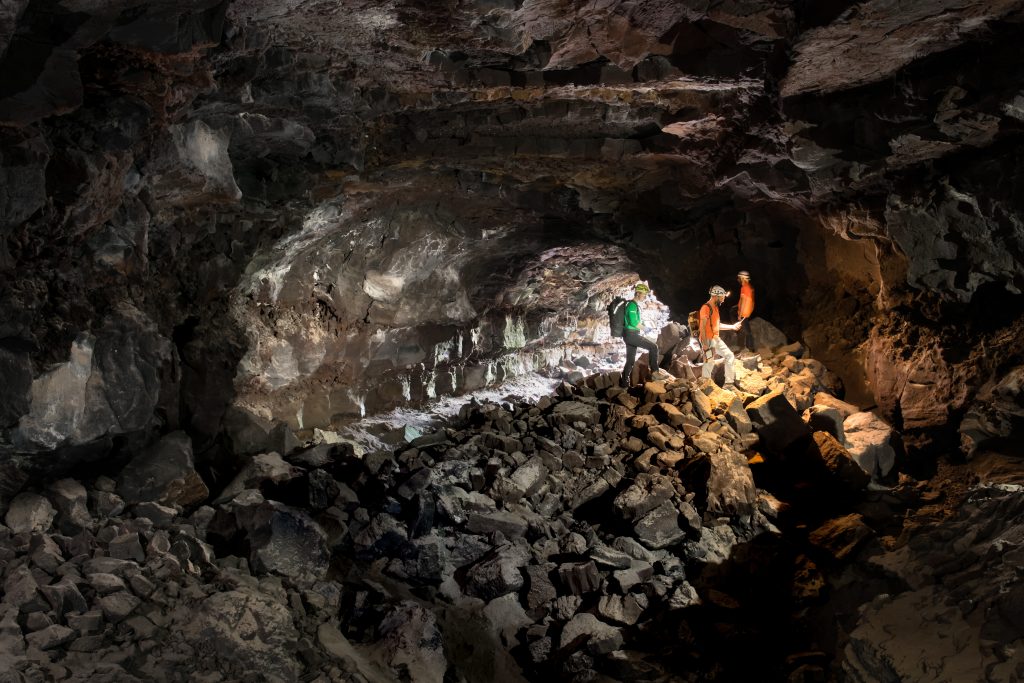
Lava tubes could be turned into well-protected habitats. Like on Earth, temperatures inside the caves hardly vary between day and night and their roofs shield against the harmful cosmic and solar radiation and the impact of small meteorites hitting the surface.
As promising as this comparative analysis is, more direct evidence is needed. Future human and robotic missions exploring lava tubes will pave the way for safe habitats.
“ESA is supporting creative mission concepts to explore lunar pits with robots with the SysNova Lunar Caves campaign,” explains CAVES course designer Loredana Bessone.
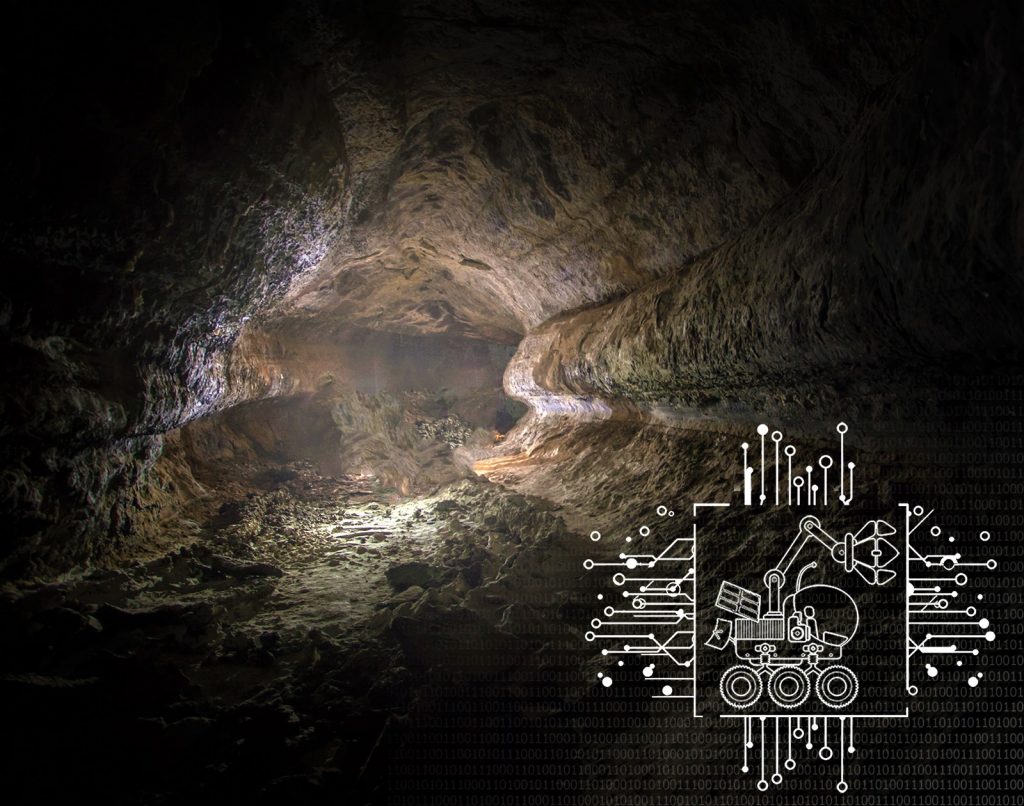
- Read more: “Lava tubes on Earth, Moon and Mars: A review on their size and morphology revealed by comparative planetology,” Earth-Science Reviews.

Discussion: one comment
Robotic exploration is the obvious way forward, but how do you control them understand? Not from Earth, so from orbit seems the answer. Can this be done now, or is Gateway still happening?